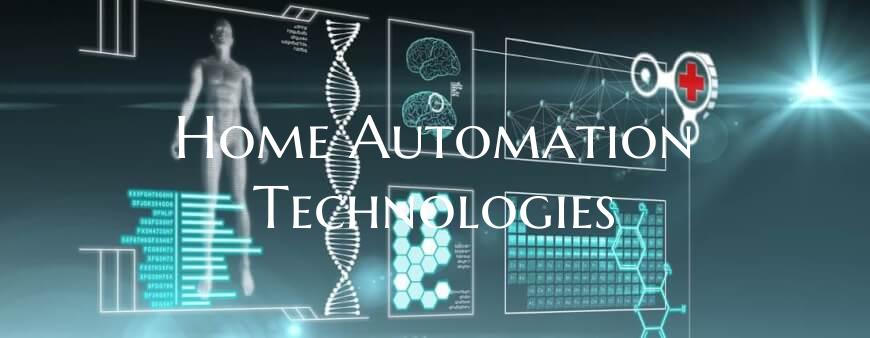Home Automation Technologies
In recent years, the concept of home automation has transformed from a futuristic dream to an everyday reality for many households. With rapid advancements in technology, the integration of smart devices and innovative solutions has made it possible to create intelligent homes that offer convenience, efficiency, and security like never before.
One of the key aspects of home automation technologies is the ability to control and monitor various systems and appliances in the home remotely. Through the use of smart home hubs, such as Amazon Alexa, Google Home, or Apple HomeKit, homeowners can seamlessly manage lighting, HVAC, security cameras, and even kitchen appliances with a simple voice command or tap on their smartphone.
Moreover, the advent of smart sensors and Internet of Things (IoT) devices has further enhanced the capabilities of home automation systems. These sensors can detect motion, temperature, light levels, and more, enabling automated actions based on preset rules or triggers. For example, smart thermostats can adjust the temperature based on occupancy patterns, while smart locks can automatically secure the home when you leave.
Another exciting development in the realm of home automation is the integration of artificial intelligence (AI) and machine learning algorithms. These technologies enable smart devices to learn and adapt to user preferences over time, creating personalized experiences that cater to the unique needs of each household member. For instance, AI-powered voice assistants can provide tailored recommendations, reminders, and even proactive alerts based on user behavior and daily routines.
One of the most compelling benefits of home automation technologies is the potential for increased energy efficiency and cost savings. By optimizing the use of lighting, heating, and cooling systems, homeowners can reduce their energy consumption and carbon footprint, leading to both environmental benefits and lower utility bills.
As the adoption of home automation technologies continues to grow, interoperability and data security have become critical considerations. Ensuring that different smart devices can communicate and work together seamlessly, while also safeguarding sensitive data from cyber threats, is essential for a secure and user-friendly smart home ecosystem.
In conclusion, home automation technologies represent a major shift in how we interact with our living spaces, offering unparalleled convenience, comfort, and control. With the ongoing evolution of smart devices, sensors, AI, and IoT, the possibilities for creating smarter, more efficient homes are endless. Embracing these innovations can truly revolutionize the way we live and redefine the concept of modern living.

